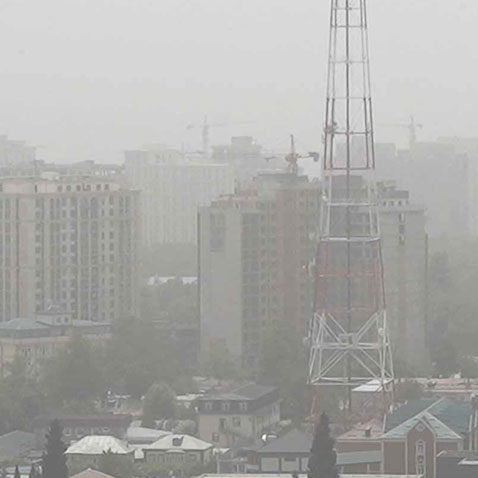TAJIKISTAN TOXIC STORMS DRIVEN BY WARMING AND POLLUTION
NOTHING TO SEE HERE…REALLY

Health Emergency In Dushanbe
It’s not that sand storms in semi-arid Tajikistan are new, it’s that there are now 10 times as many events as a few decades ago, they are more violent, the season lasts much longer and the fine particles are more deadly to humans. They were rare in the nineties, but now afflict the capital of Dushanbe 30 to 40 times a year.
The most obvious cause is the heat-driven extended drought that is drying out Central Asia. The effects are most dramatically seen in the collapse of the once magnificent Aral Sea to the northwest. The other part of the climate component is that winds are becoming more powerful, lifting more soil into the air and carrying it farther, and making the air borne particles more destructive.
Worse, the airborne particles are also composed of salt and toxins that damage lungs over time. For Tajikistani citizens, the health toll is becoming alarming, as these fine particles infiltrate and destroy lung tissues. In Dushanbe, air quality and visibility has reached the level of an ongoing emergency
Yet another contributing factor is less obvious: not only do these toxic storms impact agriculture, they speed alpine glacier melt, which historically provides what little fresh water is available to farmers.